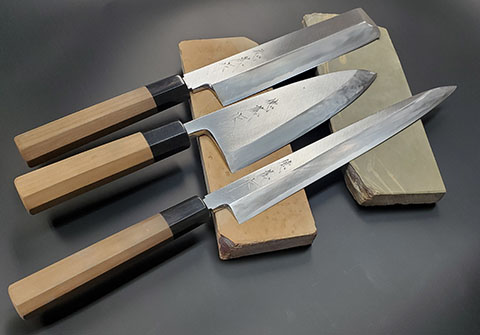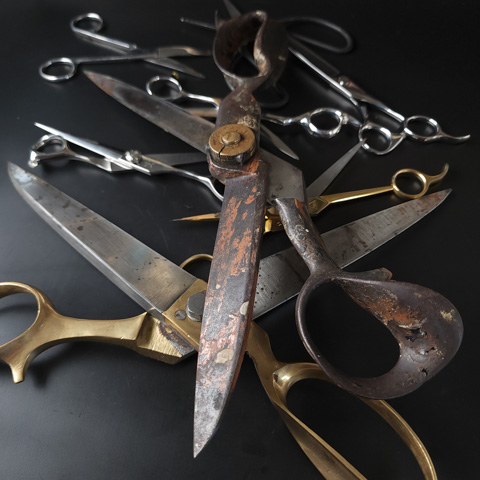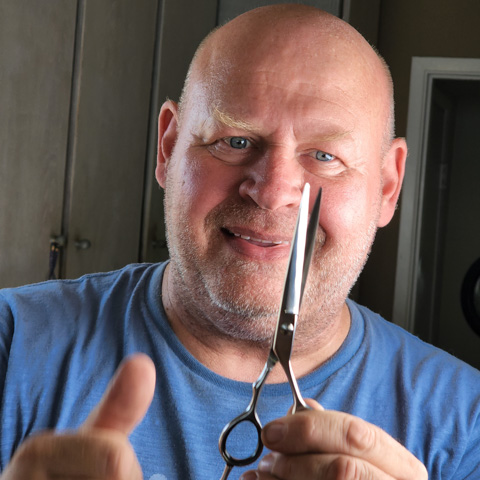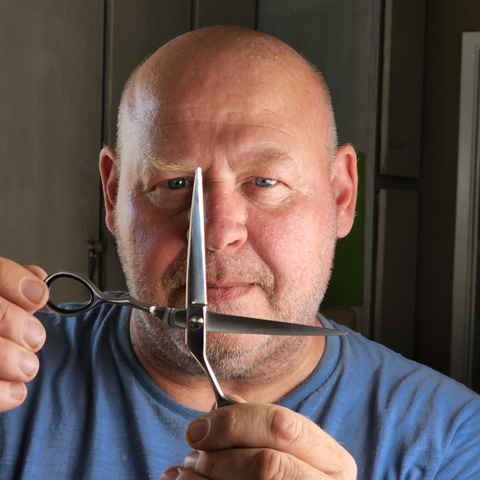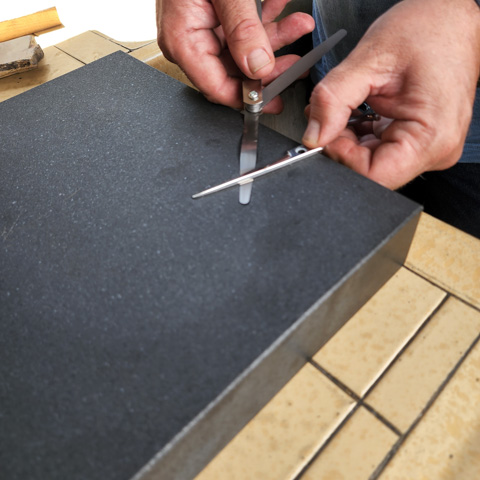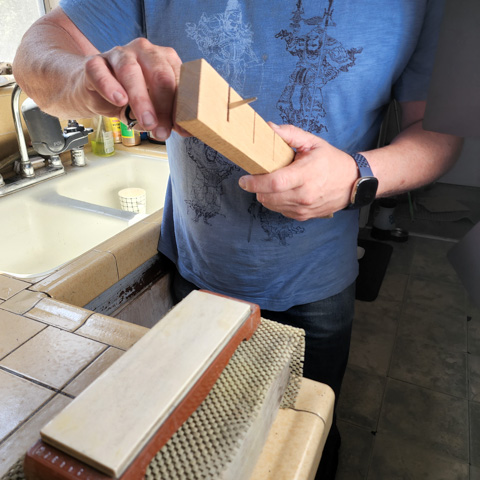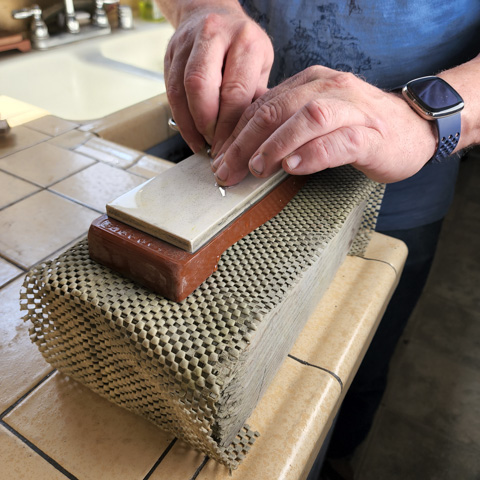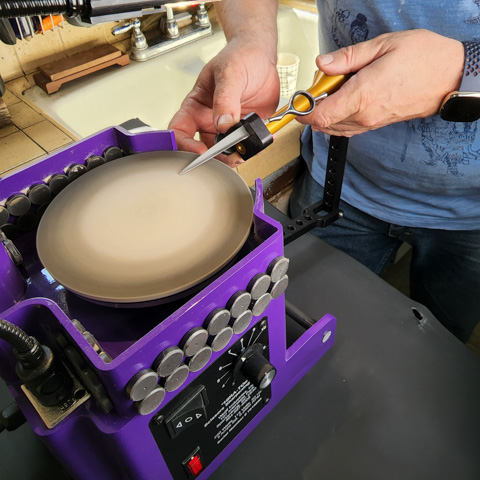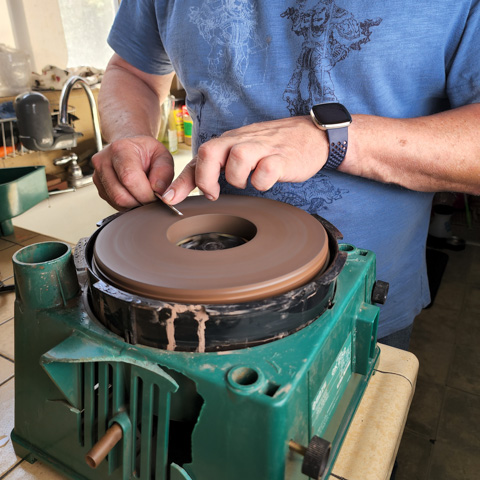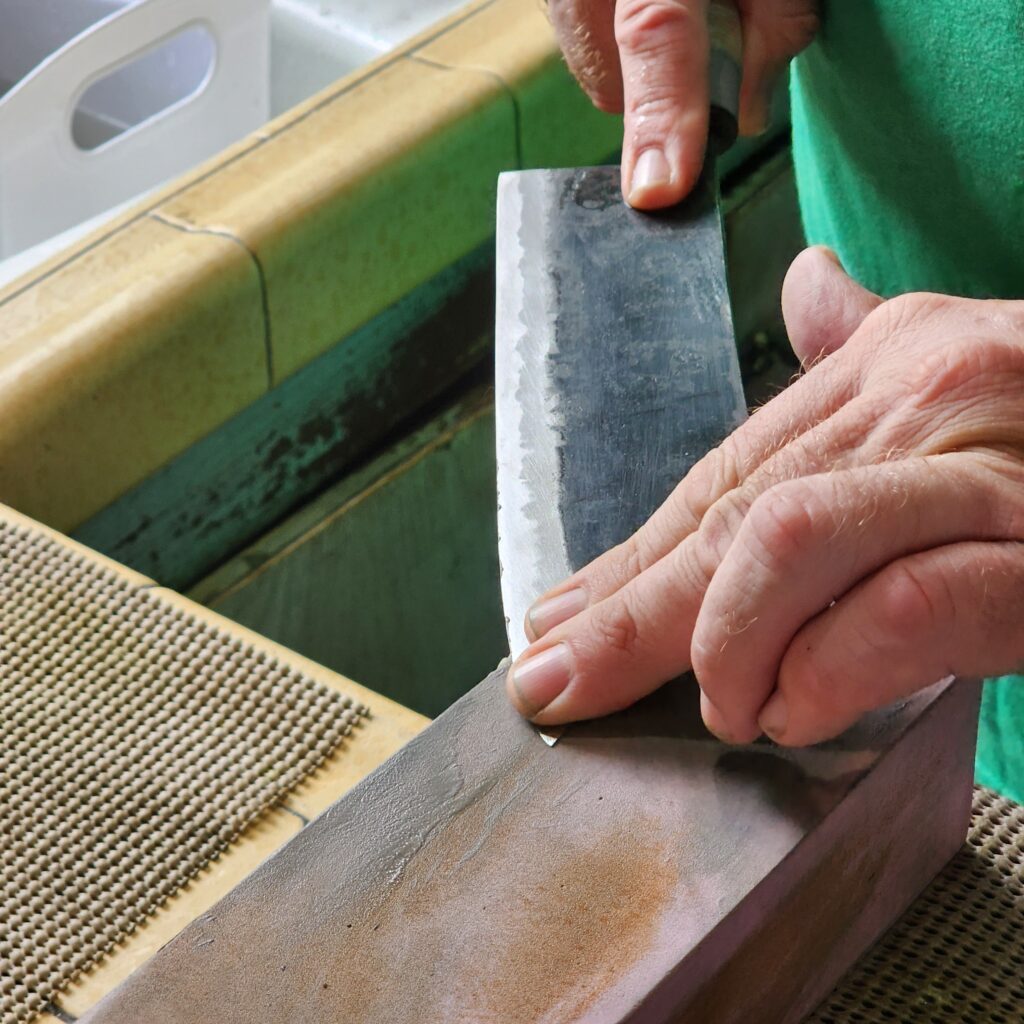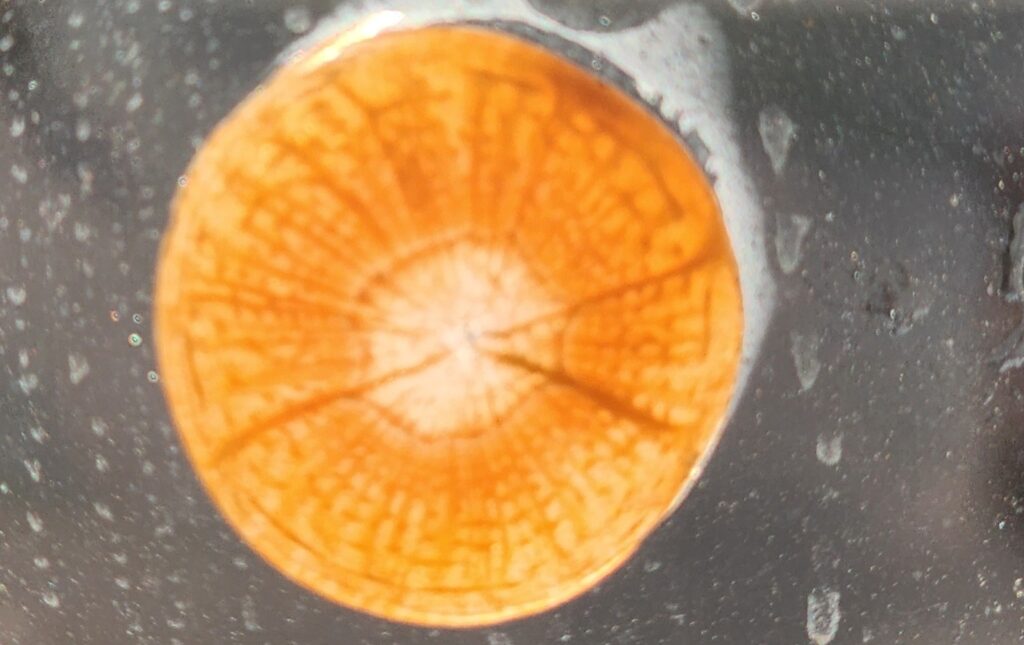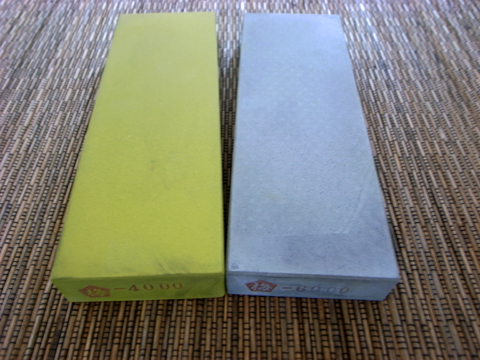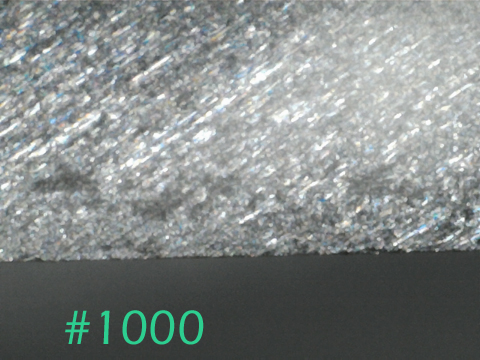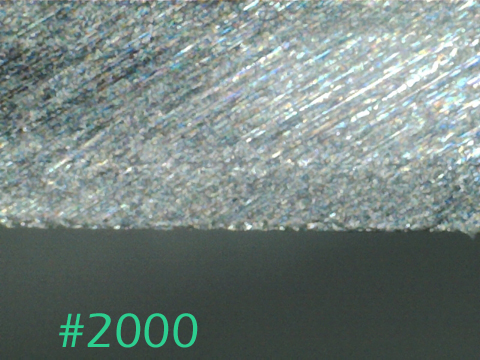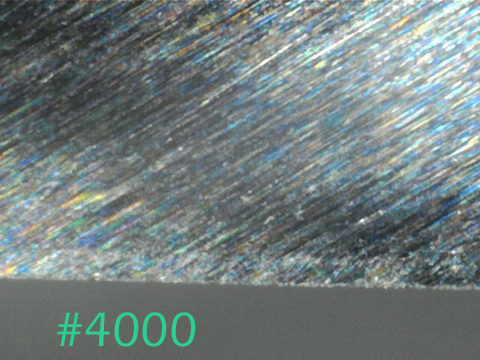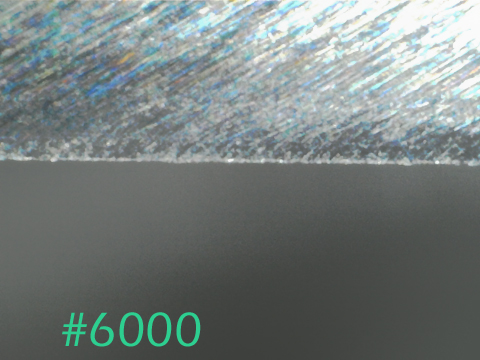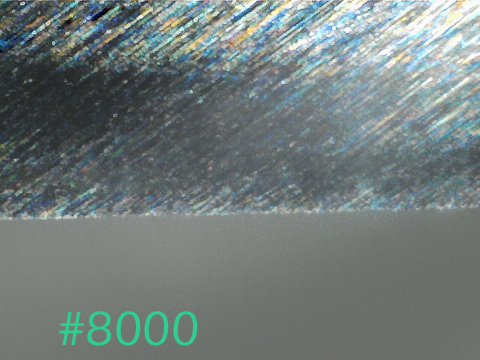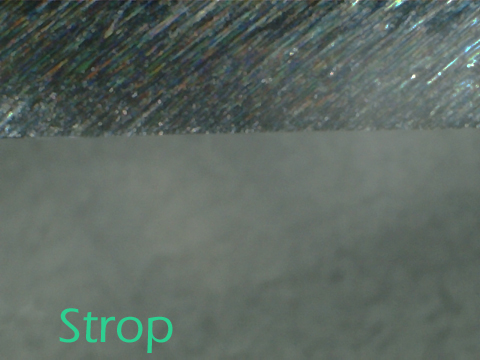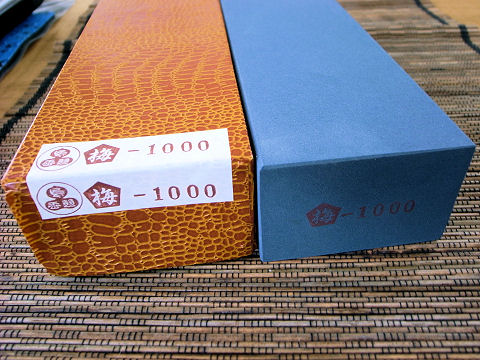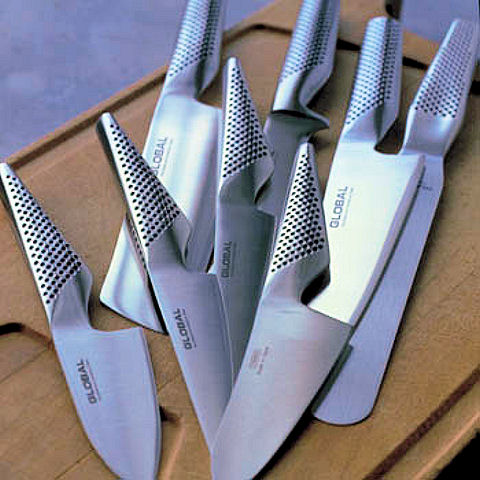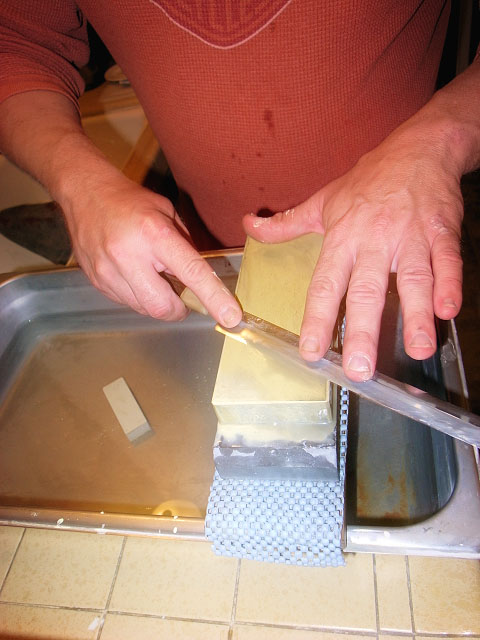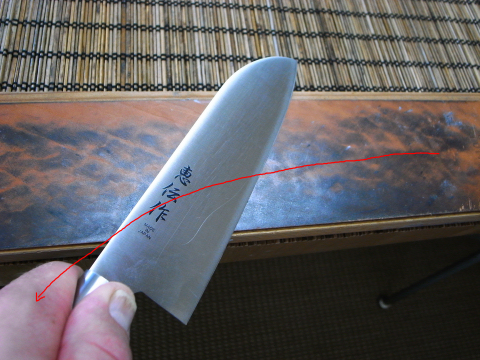Quality evaluation of Nubatama ume #320 vs Bester #500
I just got 4 Nubatama Ume stones #320, #1k, #4k and #6k. I was hesitant to buy them because the only reviews I could find were from the people selling them. I will start with the Nubatama Ume #320, and compare it to my favorite coarse stone Bester #500. It will replace the bester in my setup if it is up to the task. I love the Bester, it cuts fast and gives decent feedback. The downside is that I use a lot of pressure with the coarse stones, they dish fast and are tough to flatten.
I use up 10-15 bester #500 a year, and it dries out way too quickly, so it’s not problem-free for me. I know I could use DMT, but I don’t like the feedback. The list of coarse stones I have tested in this grit range is extended. The one that got closest to Bester was Chosera #400 it did dish but not as much and left a nicer finish. It was not as fast, and time is money.
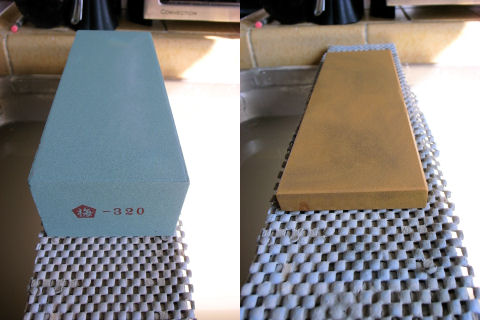
Nubatama ume 320 and Bester 500 water stones
Drying time test and dish compare of the whetstones
First I will compare, cutting speed, dishing, general feel, and the finish they leave. The Nubatama came really flat, I still gave it a fast flattening to get rid of that glossy new stone feel.
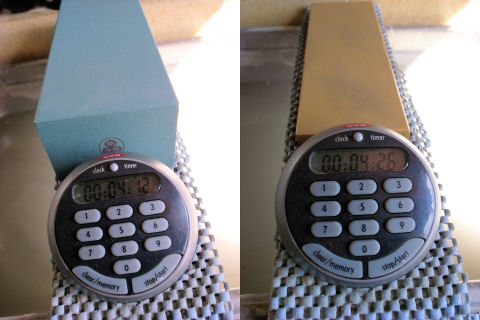
Drying time compared between Nubatama ume 320 and Bester 500
One thing that bothers me with Bester is how fast it dries out, so that was the first thing I tested. The Nubatama is a bit better, 48sec for Nubatama and 34sec for Bester. It’s almost a 50% improvement that will make a small improvement.
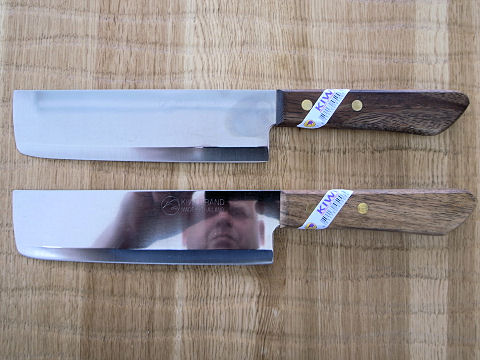
2 brand new Kiwi knives to use to compare Nubatama ume 320 and Bester 500
The cutting speed
To make the cutting speed test fair, I have used 2 brand new cheapo Kiwi knives. I know it’s cheap somewhat soft stainless, but at least it will give me an idea of how fast they cut. I have sharpened Henckel twin cermax RC 66 on Bester, but it takes a lot of time, so I know Bester’s limit.
Within time I will test the Nubatama on some tough steel too, and report how it went. I expected Nubatama to be slower cutting than Bester, after seeing how glossy. Well it wasn’t, it just took 6 strokes to get a good burr with Nubatama and 10 strokes to get a burr on Bester. So Nubatama Ume #320 cut faster and it behaves as expected for a #320 grit stone.

Edge finish difference between Nubatama ume 320 and Bester 500
The finish
The Bester isn’t known to leave a nice finish, but Nubatamas finish at least on the burr is even rougher as it should be for a low grit stone. What I think is fascinating though, is that the surface is slightly greyer from the Nubatama which is usually a sign of a finer stone. Time will tell but I think that Bester leaves a better finish.
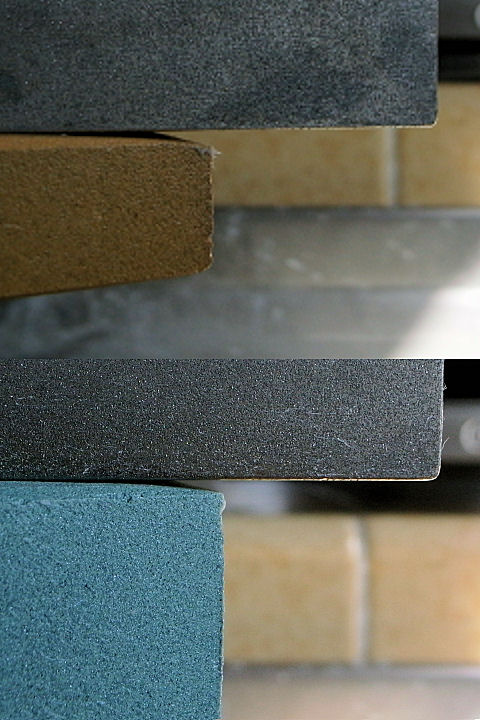
The difference in dishing between Nubatama ume 320 and Bester 500
Dishing test
Here comes the most positive surprise Nubatama dishes less, but not by much. The picture is taken after 50 strokes on the corner of each stone, and as you see it is obvious, that Bester dishes a little bit more. So taking in effect that Nubatama is faster cutting and dishes slightly less, it should mean much less stone flattening.
Feedback and feel
There was very little difference in sound between them, and the feel was somewhat the same too. The Nubatama doesn’t have the annoying sticky feel under pressure as the Bester has. It feels a bit sandier, and rougher. They both have a similar amount of feedback feeling. I think I prefer the feel of the Nubatama. (it might just be that the Nub is the newest one and that I just have an hour on it)
I did a fast test cleaning up the scratches on a higher grit stone. In this case, I used a Bester #2000 grit. They both cleaned up equally fast, it makes me think that the finish from the Nubatama just looked rougher and they were pretty much the same.
Flattening: They are both pretty hard stones to flatten, but I think it went slightly faster to flatten the Bester.
Conclusion:
Nubatama positive: Twice the size, cuts faster, dishes slightly less, and doesn’t dry out as quickly as Bester.
Nubatama neg: Leave a slightly rougher finish and a bit harder to flatten.
Bester pos: Leave a slightly better finish, easier to flatten
Bester neg: Cuts slower, dishes more, dries out faster
After using the Nubatama a little bit more, I prefer the feel and performance of it over the Bester and it is the coarse stone I will be using from now on. I will keep the Bester, in case the Nub doesn’t perform well on a high-performance steel.
Update: After some heavy use the last week, I still love the stone. I have sharpened some hard steel +rc61 knives on it, and the nub dish as much as Bester if not a little more wish was a bit disappointing. I have realized that it is much easier to flatten than my first impression, so it evens out. One other thing it is a rather muddy stone, and it helps the cutting speed a lot, the mud is the grainy sandy kind so it is a bit messy and not the most pleasant one.
Santa Monica knife Sharpening, call/txt 310-486-6068 or email.
For more of my tests check my Instagram @santamonicashrp

